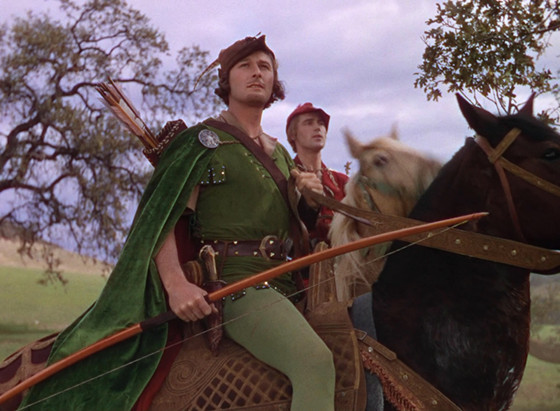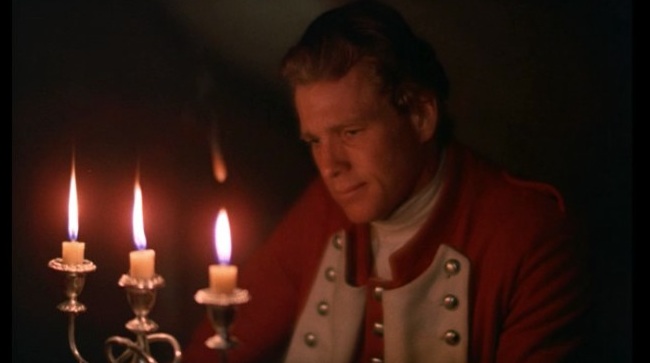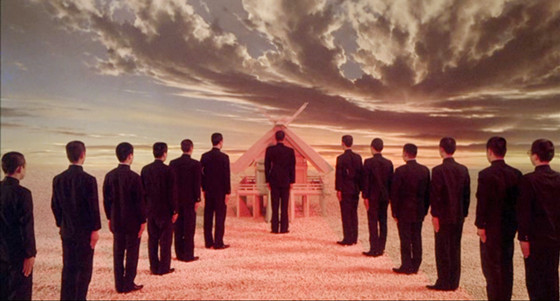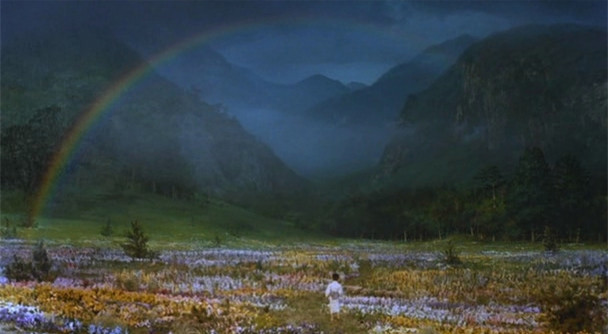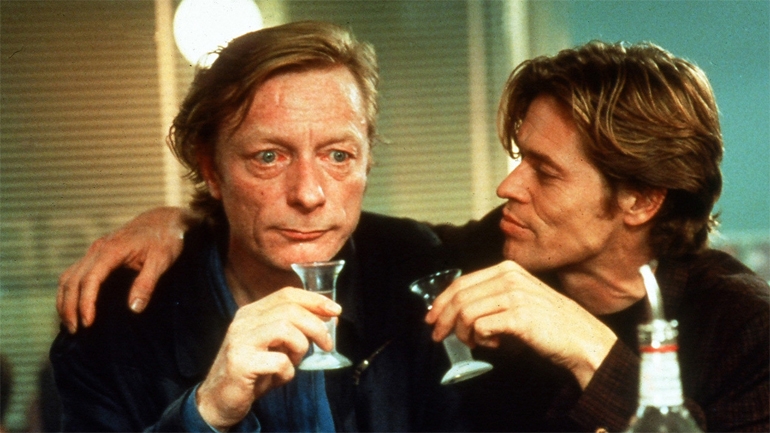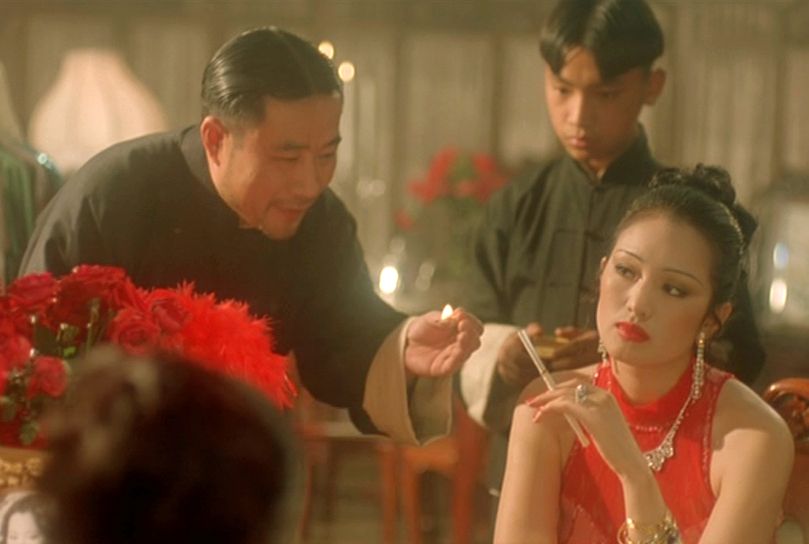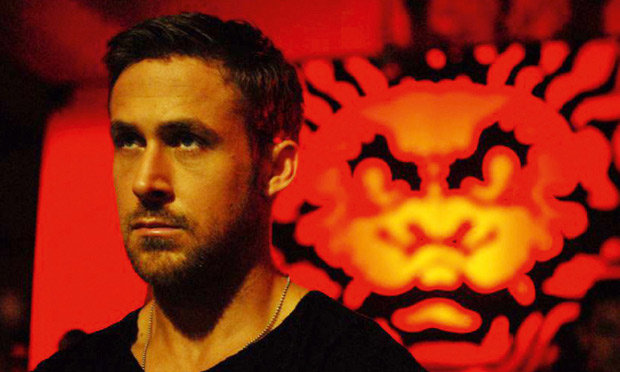
Throughout history, human knowledge has been handed down through the generations via storytelling. Today, most of the planet’s population has access to a near infinite number of sources for knowledge, but still only a handful of platforms for stories: the oral tradition (including songs and lyrics), the written word, the static visual arts (painting, sculpture and photography), and film.
Films are essentially the capturing of light and sound in motion, often in the service of storytelling. Filmmakers employ a variety of elements to tell their tales, with dialogue, editing, sound and soundtracks, and costuming chief among them, but one of the most essential is lighting.
Speaking to the essence of moviemaking – traditionally the capturing of light through the lens of a camera onto film emulsion, and now captured digitally as well – lighting wears a number of different hats: as a way of texturing a composition through the play of light and shadow, as an indicator of mood and creator of atmosphere, as a way to direct the viewers’ attention to crucial elements in a shot, or as a way to enhance or diminish color vibrancy.
The following is a list of twenty films that have achieved exceptional results in this area:
1. The Adventures of Robin Hood (Michael Curtiz and William Keighley, 1938)
‘The Adventures of Robin Hood’ was one of the first films shot with Technicolor 3 strip process. This Technicolor process, which removed grain from the image and increased color vibrancy, was so new that all eleven existing cameras were utilized daily during production.
Simply put, this is a celebration of color, of reflected light, the opening page in a new chapter of tools available to moviemakers the world over. After years in the rich but ultimately limited and grey world of black-and-white movies, a rainbow of expression was now made available to filmmakers to express, enhance and underscore the mood and effect of various plot elements.
While the interior/studio shots are full of colorful costumes and huge, detailed sets, the lighting is workmanlike and at a level to be expected on a production of this magnitude; however, it’s not merely the gaffer’s skill here that earns this Errol Flynn classic the opening spot on this list, but the simple fact that it takes full advantage for one of the first times of the entire range of visible light generated by sunlight.
It’s the outdoor scenes that the costuming and natural scenery come alive and take fullest advantage of the then new technology. Lush is the only word to describe the palette of hues, from the emerald greens of the foliage to the reds, oranges, blues and purples of the costumes, from the subtle range of skintones that would have made Rembrandt proud to the dark browns of the horses, captured in this classic. When viewing this film today, one is still struck by the timeless and almost hallucinatory beauty of its look.
2. Barry Lyndon (Stanley Kubrick, 1975)
Film on its most physical level involves the recreation and approximation of sight and hearing. The lens mimics the action of our eyes; however, cinema is far more that the mere mediation of these experiences. The light goes through the lens, but from there it interacts with the intentions and constructs in the mind of the director and cinematographer. A lens in this case is used to help us understand how a director sees the world, in particular the world of the story.
No list or discussion of film lighting would be complete without mentioning this classic film (considered by many cinephiles the single best film in the history of motion pictures) by auteur Stanley Kubrick.
A genius when it came to the use of lenses and lighting, Kubrick employs one of the rarest lenses ever produced and used in film, as well as one of the fastest with an aperture of f/0.7. There were reportedly only ten of the Zeiss f/0.7 50mm lenses made in 1966 by NASA for the lunar program. Six were purchased by NASA, one was kept by Zeiss, and three were purchased by Kubrick.
Kubrick was fascinated with the process of capturing light through the use of still- and motion-picture cameras, having taught himself coming up as a still photographer for Life magazine.
In spite of his desire being considered hugely impactable, if not actually impossible at the stage of the technology, Kubrick envisioned, and eventually had produced, a pair of Mitchell BNC cameras mounted with that particular Zeiss lens. This allowed him to shoot scenes of the film in authentic light, capturing a usuable shot with as little as three candles (triple-wicked candles, to be sure, but still!).
The warmth and natural glow that this imparted to those scenes of the film is something audiences respond to, automatically, whether they realize the optical heroics that enabled them. A director’s vision is often only realized after great struggle. As is not nearly as often the case, but gloriously so here, that struggle is worth it and we are able to see things we thought we knew in a new way.
3. Mishima: a Life in Four Chapters (Paul Schrader, 1985)
An interesting film weaving three threads from the world of late Japanese writer Yukio Mishima (childood and youth, dramatizations of written works, his final day) towards one powerful climax, this is arguably Paul Schrader’s best film, an opinion that the director shares.
Always attracted to those misfits and outsiders, whether famous or not, Schrader condenses the life of Kimitake Hiraoka (pen name Yukio Mishima) into two hours of celluloid and, in the process, creates a compelling testament that serves both as an introduction to those who don’t yet know the man or his writings, as well as a satisfying addition to his oeuvre for those already knowledgeable fans.
The plot is told in three distinct manners: black-and-white for flashbacks based on Mishima’s autobiographical novel ‘Confessions of a Mask’, stylized interior sets with accompanying, saturated color schemes for the dramatizations of portions of three novels, and subdued colors for that part of the film that chronicles his last day.
The lighting also changes to match each of these styles: almost documentary-style naturalistic lighting for the flashbacks, stage spot lighting for the dramatizations with the rest of the set shrouded in darkness, emulating the entire spectrum from sunny daytime to dusky moonlight, and ironically bright sunlight on the day of his ritual suicide (emphasizing the warrior ideal of “a good day to die”). That such disparate elements combine into one powerful and cohesive whole is testament to Paul Schrader’s vision and cinematographer John Bailey’s skill.
Interestingly, as powerful as this film is and as celebrated as Mishima was during his lifetime, that country’s opinion of the man is now almost an undiscussed one, his radical anti-Western stance and homosexuality rendering his life a topic usually avoided there.
In fact, the film has never been officially released in Japan and Mishima’s widow refused to give Schrader permission to use any material from the novel ‘Forbidden Colors’ because of its storyline of a homosexual man married to a woman. Mishima’s family also withdrew all support when Schrader declined to remove the gay bar scene, and their disapproval led Toho Studios – who invested two million dollars in the film – to deny they had any involvement in the film’s product, much less providing such a significant amount of funding.
4. Dreams (Akira Kurosawa, 1990)
‘Dreams’ is a collection of eight separate (but sometimes inter-related) short films based on the dreams of filmmaker Akira Kurosawa. Working with longtime associates cinematographer Takao Saito and lighting director Takeji Sano, Kurosawa creates this multi-part drama to address his longtime themes of the beauty, strength and delicacy of nature and the destructive nature of man. The types of lighting employed in the film span the gamut of possibilities and reads like a master class for gaffers.
From brightly lit outdoor shots to dark bluish light of a blizzard to the inkiest black of a tunnel entrance, this film showcases the master’s faultless eye. Lighting is arguably more important in those episodes shot outdoors. While these scenes are usually shot in bright sunlight (or, if an interior shot, with the sunlight coming through doorways and windows), while the rest are shot on soundstages (generally with a much dimmer cast but still expanded color palette) the lighting is a crucial element to the storytelling of each.
The first dream is “Sunshine through the Rain”, a tale centered on one youth’s witnessing that which is traditionally forbidden, a Fox’s Wedding. This is a supernatural event that takes place on a day of bright sunshowers, everything brightly lit and realistically depicted, a technique that helps suspend our disbelief in spite of the story’s fantastical nature.
Three episodes (“The Peach Orchard”, “Village of the Watermills” and “Crows”, the recreation of a moment in Van Gogh’s life with Martin Scorcese as that great painter) are shot in the brightest sunlight in order to fully take advantage of the extreme color schemes of each (flowers in the former, and whimsically painted structures like art brought to life in the latter two).
“The Tunnel”, although set outdoors, is primarily focused on the mystery of what lies in the dark, abyss of a tunnel, the entrance of which the protagonist stands. In this case, darkness is equated with the horrors of war.
“Mount Fuji in Red” and “The Weeping Demon”, though filmed with much lower exposures, are no less colorful, although in these instances the brightness of them is contrasted with a variety of darker, earthtone elements in order to emphasize what is the underlying theme that ties the film together, the relationship of humans to their environment, often a disharmonius one.
Nowhere is man’s struggle with Nature better shown than in “The Blizzard” a metaphorical tale of mountain climbers lost in a violent snowstorm. The mood and the lighting are equally dark, with a ubiquitous icy bluish cast describing the harsh nature of the world better than any dialogue.
At the end of the protagonist’s arduous but ultimately successful struggle against hypothermia, the sun reappears, the music swells, and the status quo is re-established. Again, for the eighth consecutive chapter, Akira Kurosawa takes the simplest of ideas and builds a magnificent edifice upon it.
5. In Weiter Ferne, So Nah! (aka Far Away, So Close) (Wim Wenders, 1993)
Following after Cocteau’s legendary director of photography, Henri Alekan, who filmed the black-and-white ‘Wings of Desire’ in his trademark dreamy and soft focus style (famously shot through his mother’s silk stocking), Jürgen Jürges accepts this daunting challenge and uses light and color to express the complexity and distraction of the modern world with aplomb and style.
Whereas ‘Wings of Desire’ was seen through the eyes the angel Damiel (Bruno Ganz), who lived in a world of clear-cut right and wrong, and was filmed in the equally binary palette of blacks and whites, ‘Far Away, So Close’ is vivid and overwhelmingly complex, thereby signifying Cassiel’s (Otto Sander) experience of human-ness as spreading over a much wider spectrum, full of gradations and subtle shadings.
Much of the plot takes place outdoors or in places lit by natural light. The feel is generally lush and inviting, expressing the warmth and tempting nature of human life. Even in places of ruin, such as the spots visited by the former soldier, now an old man, the interiors are lit by bright sunlight, spilling in from holes in the roof (much like the forgiving love of God).
In line with this line of thought, Cassiel comes to understand that in this world of bright colors and bathed in light, is the world of men, full of beauty and sin, like black and white, two halves of one whole. Here things are not necessarily happier, or without sorrow, and the sense of separation and loneliness can be even greater than in the monochromatic world he came from. Here things end, here things remain unfinished, unresolved, incomplete.
Wim Wenders peered into the otherworldly plane of exisitence occupied by angels in ‘Wings of Desire’, and here, back at home, so to speak, he waxes poetic and paints a glowing portrait of the beautiful curse of human existence, the good and bad all mixed up in this colorful world.
6. Yao a Yao, Yao Dao Wai Po Qia (aka Shanghai Triad) (Zhang Yimou, 1995)
Winner of the Technical Grand Prize (in this instance, much the same as a Best Cinematography prize) at Cannes, ‘Shanghai Triad’ is an unconventional gangster film and another sterling entry in the list of collaborations between director Zhang and actress Gong Li.
Told through the eyes of a fourteen-year-old boy named Shuisheng, this is a story of corruption and ill-fated love affairs in 1930’s Shanghai. The lighting scheme is roughly divided into two haves: the smoky and shadowed interiors of clubs, warehouses, and other gangster haunts.
One of the better visual stylists in China and globally, Zhang employs the services of his sometime DP, Yue Lü. Strong lighting is present from the very beginning, and while the opening scenes begin in sunlight, the action quickly moves inside, where the sun struggles to enter through cracks in the wall and high windows.
The first half of the film is filled mostly with interiors of the smoky club owned by a gang boss and the venue his moll Xiao Jinbao (Gong Li). Much of the light in this portion is run through colored filters, with, as in many of Zhang’s films, shades of red predominate. Some of that color expresses a lively glamour through its use in the costuming and set design, but also connotes death and violence.
Two scenes in particular illustrates this: one in which Jinbao angrily asks Shuisheng about her red dress and whether he’s ever seen blood before, another where the room where Shuisheng has bathed becomes a place of death seen through a red filter when henchmen are slaughtered there. Other filters are employed to maintain the period feel and look.
The second half takes place on the Boss’ island getaway and is often shot outdoors at dusk or dawn in muted sunlight. Here natural light equals natural living, and the artifice of the highrolling, larger-than-life gangsters’ lifestyles is stripped away to reveal the characters (gangsters and island natives) as merely human, some good, some evil.
Where the setting of the first half is almost a character in itself, the island provides a simple and almost bare, stage-like backdrop upon which this tragedy plays out. This naturalistic changing of gears also matches our evolving opinion of Jingbao, from shrewdly manipulative bitch to a caring and loving woman burdened by her role as a gangster’s girlfriend.
In a beautifully paced (and lit) cinematic manipulation, Zhang takes us from disdain to empathy, from drama to tragedy, bringing a human-ness to characters traditional stereotyped, another film shaped by his empathy and insight..
